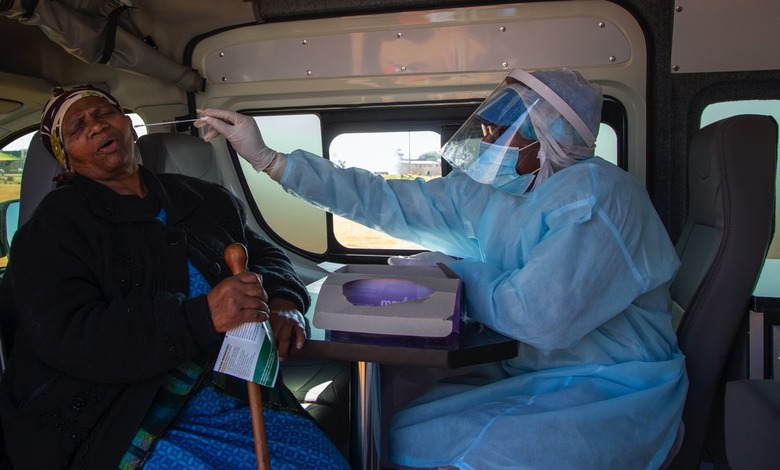WHO Explains Why The Coronavirus Pandemic Is About To Get Even Worse
- There might not be a coronavirus vaccine yet, but it's incredibly important to get a flu shot this year. The influenza season will overlap with the COVID-19 pandemic, making matters even worse.
- The World Health Organization made it clear during a news conference that COVID-19 pandemic is "one big wave," not a seasonal disease like the flu.
- Without containing COVID-19 first, countries may run into problems battling both the novel coronavirus and the flu.
- The WHO advises people to seek flu vaccines as the flu season gets underway during the southern hemisphere's winter.
The novel coronavirus pandemic is very much out of control, as the world is experiencing a massive surge in cases. Some regions have successfully flattened the curve, while others are currently going through surges that are even worse than the April peaks. Some refer to the resurgence as "a second peak" of the first COVID-19 wave, while others call it "a second wave." But no matter what you call it, it's clear the virus doesn't care about the season.
The World Health Organization (WHO) just gave the world the worst possible news about COVID-19 ahead of the incoming flu season. The pandemic is "one big wave," it's not seasonal. And that could be a big problem in the coming months, as the flu cases start piling up on top of COVID-19.
WHO officials avoided labeling the resurgence of COVID-19 in places like Hong Kong and other countries that experienced an increased number of cases as a "wave." Calling these outbreaks "waves" suggests the virus is behaving in ways beyond human control, Reuters notes, but human action can slow the spread.
"We are in the first wave. It's going to be one big wave. It's going to go up and down a bit. The best thing is to flatten it and turn it into just something lapping at your feet," WHO's Margaret Harris said during a virtual briefing in Geneva.
"People are still thinking about seasons," she said, pointing to the increased number of COVID-19 cases in the US over the summer. "What we all need to get our heads around is this is a new virus, and...this one is behaving differently."
"Summer is a problem. This virus likes all weather," Harris said. President Trump famously said in the early months of the pandemic that the virus will vanish when warmer weather arrives, but that hasn't happened. At the time, we already had proof that the virus could survive in warmer climates when it reached the southern hemisphere. Research that followed further proved that SARS-CoV-2 isn't like the flu viruses when it comes to heat.
The flu does come in waves, as it's a seasonal infectious disease. Harris expressed concern about COVID-19 coinciding with the normal flu season during the southern hemisphere's winter. Flu season is about to start, and we'll get a preview of what it will look like in the northern hemisphere on top of the ongoing COVID-19 pandemic.
Laboratory samples so far have not shown high numbers of flu cases, suggesting a later-than-normal start of the flu season for the southern hemisphere.
"If you have an increase in a respiratory illness when you already have a very high burden of respiratory illness, that puts even more pressure on the health system," Harris said, urging people to seek flu vaccines. A coronavirus vaccine could be ready by mid-fall, although the general public might not get it until several months into 2021.
